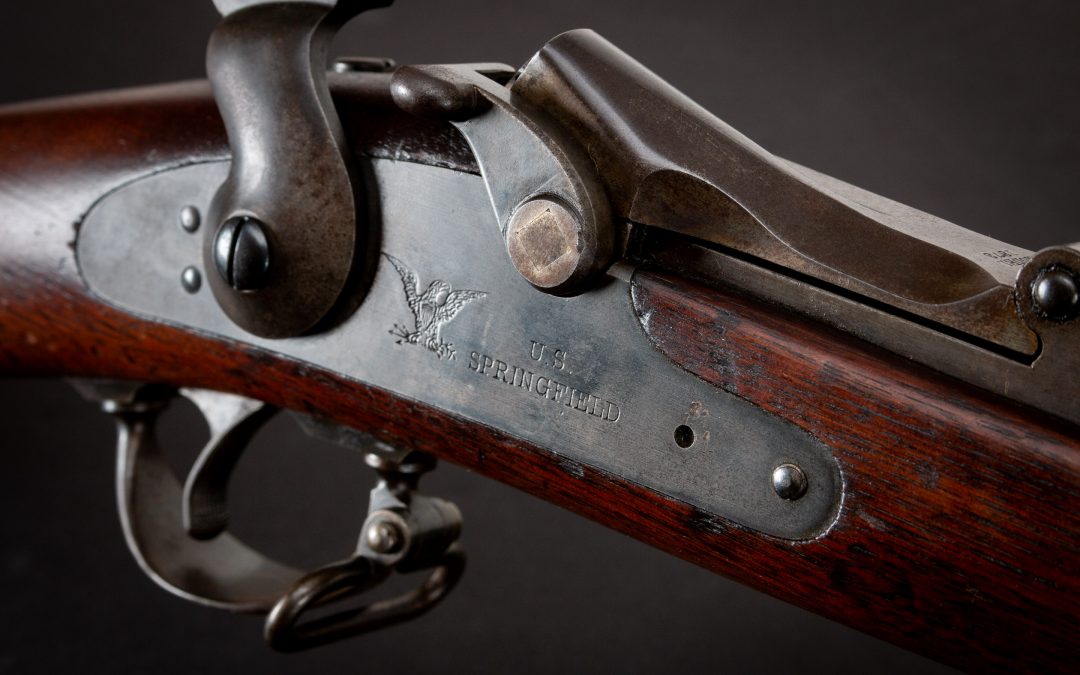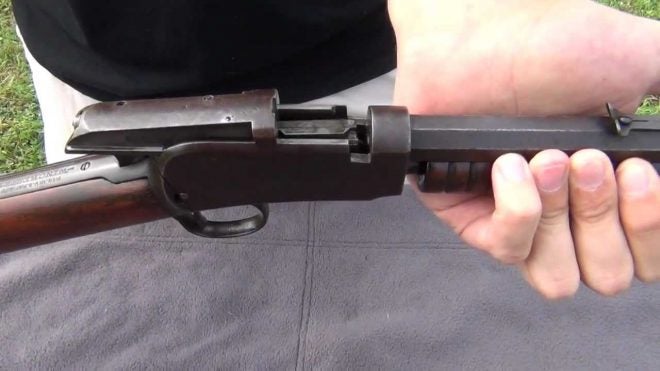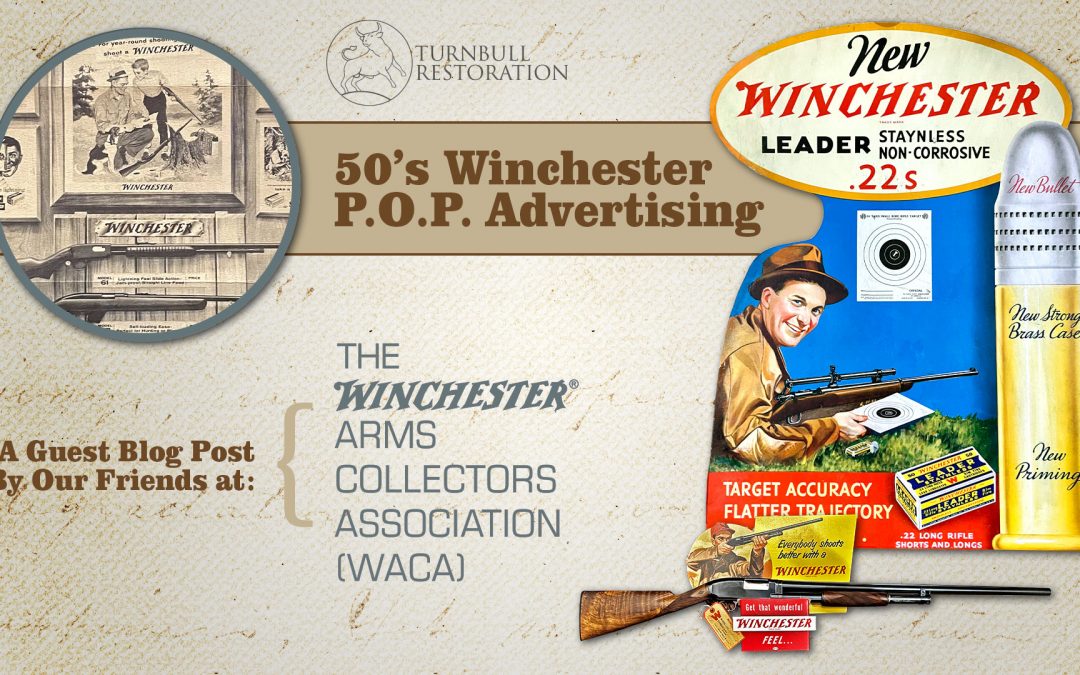Image: Samuel ColtSamuel Colt, a name synonymous with innovation in the world of firearms, was not just an inventor; he was a visionary whose ingenuity shaped the landscape of American industry. Best known for founding The Colt Patent Fire-Arms Manufacturing Company,...










